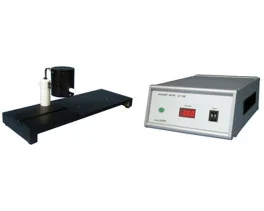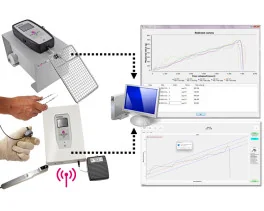Authors
R. Lalonde, M. Dumont, E. Paly, J. London, C. Strazielle.
Lab
Faculté de Médecine et de Pharmacie, Université de Rouen, INSERM U614, Rouen, France ; CHUM/St-Luc, Montréal, Canada ; Université de Paris 7 Denis-Diderot, EA 3508 Paris, France ; Laboratoire de Pathologie Moléculaire et Cellulaire des Nutriments, Faculté
Journal
Brain Research Bulletin
Abstract
SOD1 is one of several overexpressed genes in Down's syndrome. In order to dissect genetic causes of the syndrome, hemizygous human wild-type SOD1 transgenic mice were compared to FVB/N non-transgenic controls at 3 months of age in the SHIRPA primary screen of neurologic function as well as in tests of motor activity and coordination. The responsiveness of SOD1/wt transgenic mice to visual and somatosensory stimuli was reduced in placing, pinna, corneal, and toe-pinch tests. In addition, SOD1/wt transgenic mice crossed fewer segments on a stationary beam. On the contrary, there was no intergroup difference for motor activity and anxiety in open-field and emergence tests and for latencies before falling on the stationary beam, coat-hanger, and rotorod. These results indicate mild deficits in sensorimotor responsiveness in a mouse model expressing human SOD1 and that the overexpressed gene may be responsible for some Down symptoms.
BIOSEB Instruments Used:
Aron Test or Four Plates Test (LE830),Rotarod (BX-ROD)

 Pain - Thermal Allodynia / Hyperalgesia
Pain - Thermal Allodynia / Hyperalgesia Pain - Spontaneous Pain - Postural Deficit
Pain - Spontaneous Pain - Postural Deficit Pain - Mechanical Allodynia / Hyperalgesia
Pain - Mechanical Allodynia / Hyperalgesia Learning/Memory - Attention - Addiction
Learning/Memory - Attention - Addiction Physiology & Respiratory Research
Physiology & Respiratory Research




































 Pain
Pain Central Nervous System (CNS)
Central Nervous System (CNS) Neurodegeneration
Neurodegeneration Sensory system
Sensory system Motor control
Motor control Mood Disorders
Mood Disorders Other disorders
Other disorders Muscular system
Muscular system Joints
Joints Metabolism
Metabolism Cross-disciplinary subjects
Cross-disciplinary subjects CONFERENCES & MEETINGS
CONFERENCES & MEETINGS 